
WRITTEN BY LONDON SWAMINATHAN
Post No. 10,644
Date uploaded in London – – 9 FEBRUARY 2022
Contact – swami_48@yahoo.com
Pictures are taken from various sources for spreading knowledge.
this is a non- commercial blog. Thanks for your great pictures.
tamilandvedas.com, swamiindology.blogspot.com
Linguistics show that Sanskrit is the oldest language in the world. It also shows the way Hindus migrated to different parts of the world from India.
India has two ancient languages used until today. One is Sanskrit and the other is Tamil. No one in India can speak without a Sanskrit word. I repeat, no Tamil can speak for five minutes without a Sanskrit word. If you look at Tamil dictionaries, there are more Sanskrit words than Tamil. It is same with all major languages in India.
Let us look at the migratory route of words.
For Tamil we have literary proof from first century BCE and inscriptions from second century BCE. But the early inscriptions use Brahmi script and more Prakrit words and less Tamil words, mostly ungrammatical, fragmentary pieces. But a century earlier we see long Prakrit sentences in Asokan inscriptions. So we know the path of migration. It came from North and went up to the far south in Sri Lanka.
Sanskrit words have archaeological evidence from 1400 BCE or earlier. Kassite civilization is called Kasi, Kashi in Sumerian inscriptions. More over we find the word ‘Suryas’ around 1800 BCE.
But the indisputable proof comes from Mitanni (MITRA) civilization’s cuneiform inscriptions, Dasaratha letters (Amarna letters in Egypt) and Kikkuli’s Horse manual, all dated around 1400 BCE. The cuneiform inscription shows the Vedic Gods in the same order as we see in one hymn of the Rig Veda. It is found in Bogazkoi in modern Turkey.
Though all these facts are known round 1930s, all the scholars assumed that a group while coming to India might have stayed in Turkey. No body disputed Aryan migration theory proposed by Max Muller gangs at that time. Though it was proposed earlier as well, Max Muller and Marxists wrote voluminous literature to spread this falsehood. All English educated scholars stuck to this line to get name or credit from the British.

Linguistics help us to find out who is older and who is younger in languages and who went from where.
Tamil is the first proof
We see amazing and uniform changes in certain letters.
B=V
R=L
D=L
Persian and Greek have no ‘S’. So they changed everything with S and replaced H. We know the most famous example Sindhu= Hindu and Asva=Asba
Tamils are also banned to use S in the initial position. Like Greeks and Persians, Tamils also changed all ‘S’ words with vowels.
For instance, the Rig Vedic word Sabha is used with vowel A. Sabhai= Avai in 2000 year old Sangam Tamil Literature.
Sa = A
Bha = Vai
Who asked them to change this way?
xxx
There comes another wonder!
The original B in Sabha is changed to V.
Now we know that this V=B change is also universal.
Asva in Rig Veda becomes ASB in Persian
But which is older B or V?
Tamil literature showed us that B is original.
But one may argue against this, because even today Bengalis change all V in to B
‘V’angam is changed to ‘B’enga(l)
‘V’andhyopadhyaya is changed into ‘B’andhyo…….
It shows that the changes can happen either way….
V=B or B=V
But who guided them from Iran to Bangladesh to follow this rule?
Asb for Asva in Iranian Avesta and Bangladesh for Vangadesam in Tamil Nadu
The changes are seen in a vast area even before 2000 years.
xxx
R= L change is also universal.
This is natural; no linguistics is required. If you look at your child’s lisping, prattle you will know.
Potato cRisp is pronounced as cLisp.
xxxx

But we will take the Numerals to find out who is the oldest.
ONE to TEN in different languages.
‘Eka’ is one in Sanskrit and modern Hindi as well. We have continuity from the Rig Veda to this day.
This shows Eka , Ek is original and there was no break for several thousand years in Indus- Gangetic plain.
xxxx
AVESTAN numerals
Avestan is considered one of the world’s oldest languages. Now we have only Zoroastrian scriptures in it. Later it influenced Pahlavi, Persian, Pashto, Darik etc.
Look at the Avestan Numerals
Though Avestan is listed as an extinct language, modern research shows that there are more Sanskrit words, (see my Hindu Gods in Zend Avesta) in it.
Aivas – 1, (eka in Sanskrit)
Duva – 2, (dvau in Sanskrit )
Traayas – 3 , (trayas in Sanskrit)
Catvaaras – 4, (catvaaras in Sanskrit)
Panca – 5, (panca in Sanskrit )
Xivaas – 6, (sat in Sanskrit)
Hapta – 7, (sapta in Sanskrit )
Ashtaa – 8, (astau in Sanskrit )
Nava – 9, (nava in Sanskrit)
Dasa – 10, (dasa in Sanskrit )
Number 1 is ONDRU OR ONNU in Tamil and ONE in English ; EINS in German
We know for sure German, Tamil, English came later. Avestan also has Aivas, similar to Ains in German which slowly changed into ONE in Tamil and English.

But Sanskrit Eka is the oldest. Where is the proof?
It is in the Rig Veda which even Max Muller said older than 1500 BCE. Others dated it up to 6000 BCE.
Let us forget their dating and go to archaeological proof-
Kikkuli’s horse manual in Tukey has the following Sanskrit numerals:-
Kikkuli wrote a manual of horsemanship in HITTITE in which he incorporated technical terms , for the length of a race as measured in ‘turns’ of the race course, that are unmistakably Sanskrit
Eka- vartanna – one lap
Tera vartanna – three lap
Panza vartanna – five lap
Satta vartanna – seven lap
Nava vartanna – nine lap
It is dated around 1400 BCE.
If one looks at this, Vedic Gods in the Mithranni/ Mitanni agreement, Dasaratha’s (Tushrtatta) letters in Egypt (Amarna letters) and the Rig Vedic hymn, no one would have any doubt about the presence of Sanskrit from Iran and Egypt to the Gangetic plains in India before 1400 BCE. Ganga, Sindhu, Yamuna and Sarasvati are listed in the Rig Veda. It covered vast areas in Africa and Asia!!!!
Along with this we must take into consideration of Hindu Gods and Hindu words in the Zend Avesta. Even the rebel, Manu’s son Nabhanethishta, who revolted against his father Manu, is referred to in the Zend Avesta.
Now we know Eka went out of India to become Aisva, Ains (as in Albert Ein Stein = One Stone), One in Tamil and English.
I have already written that the sound “J “existed in only one language ,SANSKRIT, in the world and it slowly migrated to West Asia to give words like Jew, Jesus, Jehovah, Joseph, Jerusalem etc. The original pronunciation is Y and not J. But J as in Jaya existed in India only and the Vedic pronunciation guide (Pratisakhya) says it becomes Y.
Hindus have the oldest Grammar Book- Panini’s Ashtadhyayi.
Hindus have the oldest etymology book- Yaska’s Nirukta
Hindus have the oldest Pronunciation Guide- Vedic Pratisakhya
Hindus have the oldest Index- Vedic Anukramani
Hindus have the oldest Thesaurus- Amara Kosa
Hindus have the oldest Sex Manual- Kama sutra
If one looks with this in background one can easily say who is the first one and who is the last one!
LINGUISTIC THEORIES SHATTERED! (Post No.8319) – Tamil …
https://tamilandvedas.com › 2020/07/10 › j-mystery-sol…
10 Jul 2020 — tamilandvedas.com, swamiindology.blogspot.com. “J” – MYSTERY SOLVED; LINGUISTIC THEORIES SHATTERED! English language had only 23 +1 letters …
https://tamilandvedas.com › tag › origin-of-j
7 Mar 2015 — Written by London swaminathan. Article No 1697; Dated 7 th march 2015. London Time 14-08. The history of letter ‘J‘ is mysterious.
—subham—
tags- Eka, Ein, One, Avestan, Sanskrit, Tamil, Numbers, Numerals, Migration, Oldest langauge, Linguistics














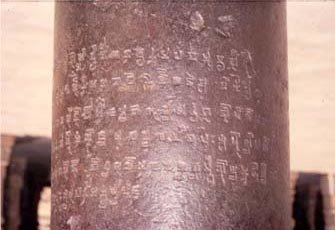
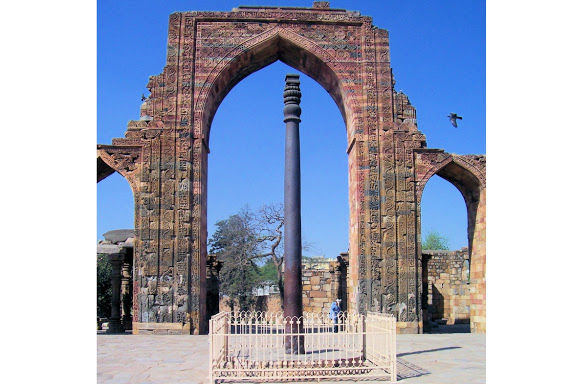


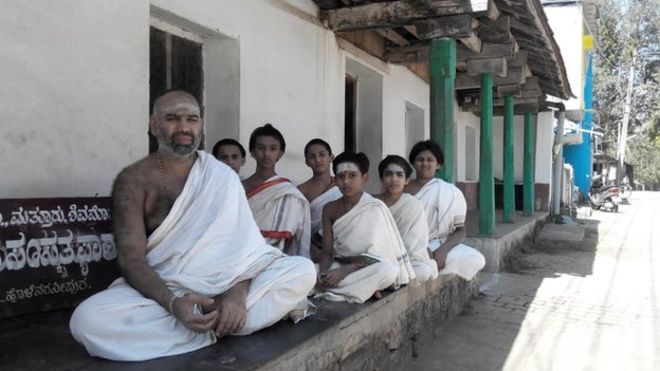
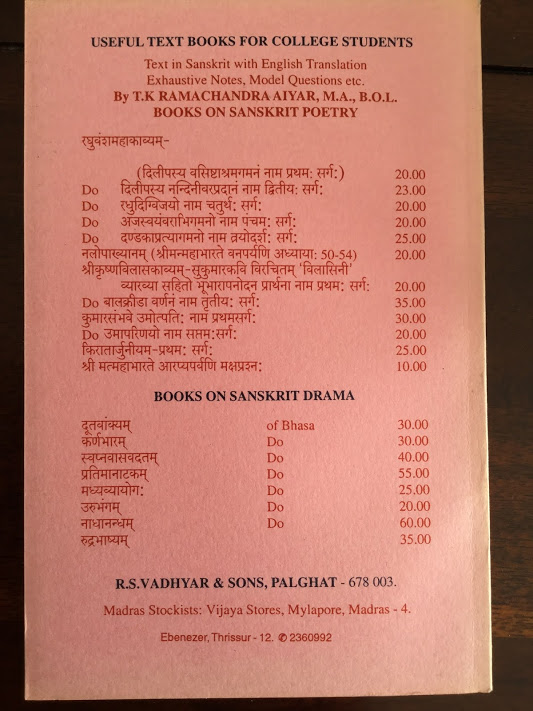
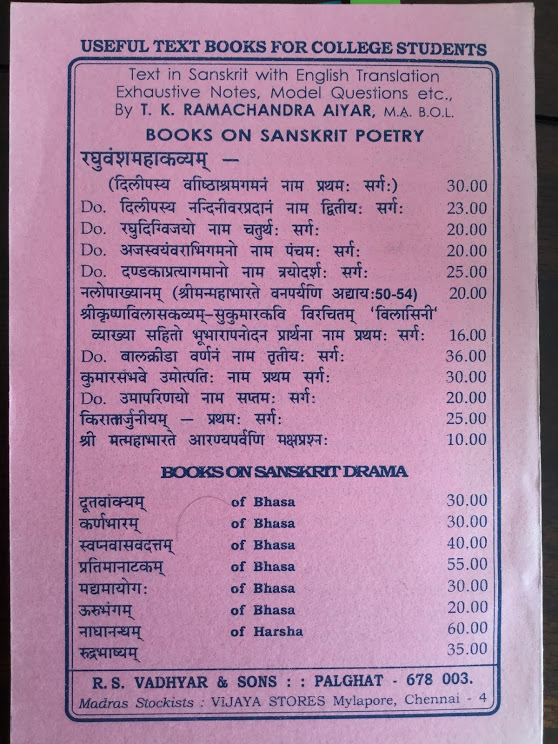













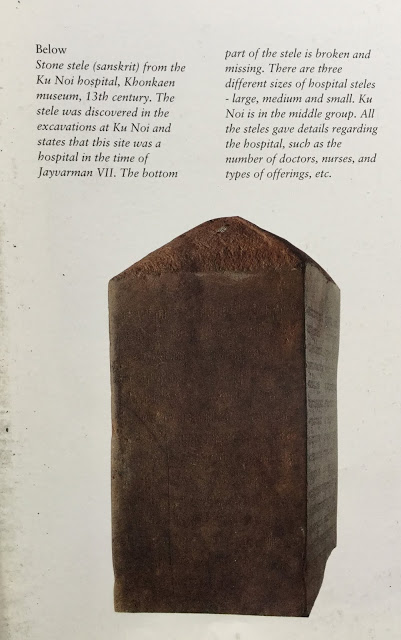
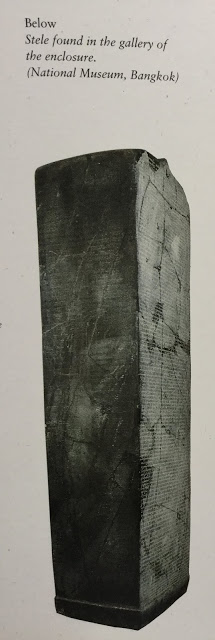
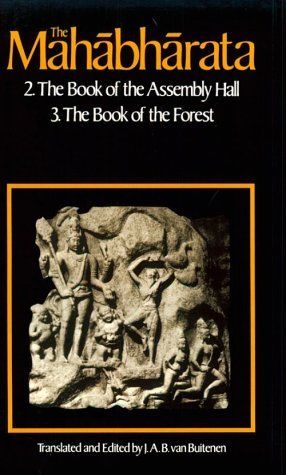

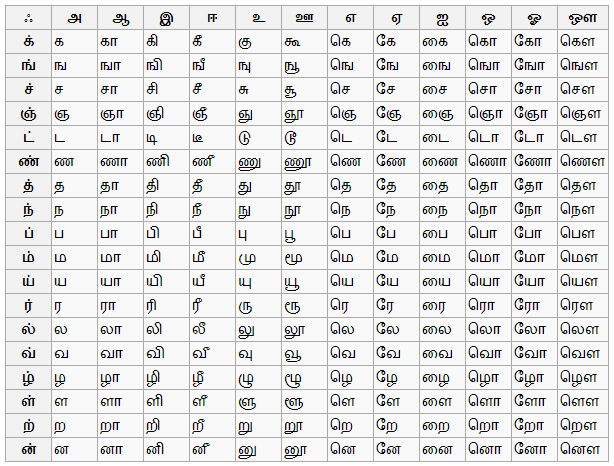




You must be logged in to post a comment.